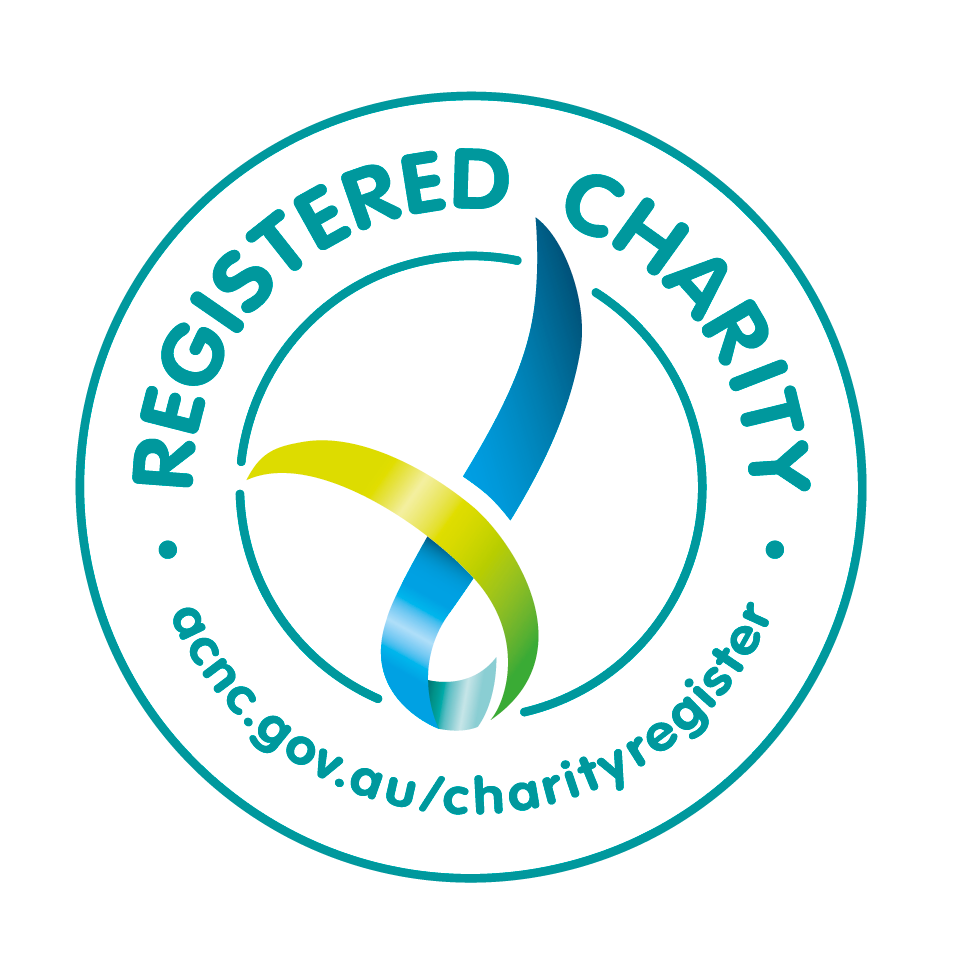How Your Two Lawyers Work Together - Clearly and Safely
When a dispute needs both strategy and courtroom advocacy, you have two independent lawyers:
Clean Law, protecting your budget and settlement strategy through escrow; and
Your courtroom lawyer, representing you in court.
You stay in control - both lawyers report to you, never to each other.
(Transparent by design — reviewed annually under NSW law and ACNC standards.)
Two-Lawyer Collaboration and Escrow Oversight Statement
1. Overview
In all contested matters, the client alone instructs both lawyers - Clean Law and the separately retained courtroom lawyer.
Each lawyer acts independently within a clearly defined scope so that duties remain transparent and non-conflicting.
This model allows clients to receive independent cost protection and settlement support from Clean Law while maintaining the courtroom lawyer’s full advocacy independence.
2. Clean Law’s Role
Clean Law acts as the client’s independent legal adviser, alternative dispute-resolution (ADR) representative, and escrow supervisor.
Our work focuses on negotiation, cost management, timing, and settlement strategy - ensuring that the client’s funds and decisions remain under the client’s informed control.
We manage negotiation and ADR processes to help clients achieve early, fair settlement wherever possible.
If ADR does not resolve the matter, these materials are shared with the courtroom lawyer only to the extent permitted by law and solely for the purpose of protecting the client’s interests.
Clean Law never discloses privileged or “without prejudice” material to any court without the client’s informed consent and a proper legal basis.
3. ADR communications
ADR may occur before court proceedings commence or concurrently with them.
Clean Law manages all communications and documentation associated with ADR processes — such as mediation, conciliation, or settlement correspondence — under the client’s authority.
Clean Law does not handle or accept service of court documents, and we do not engage in communications with the court, registry, or opposing solicitors about procedural or evidentiary matters unless expressly instructed by the client for a limited administrative purpose.
All court-related correspondence and procedural steps are handled solely by the client’s separately retained courtroom lawyer.
This division ensures that Clean Law’s ADR role remains distinct from courtroom advocacy and that both lawyers’ duties — to the client and to the court — remain fully independent and transparent.
4. Escrow Oversight and Cost Advice
Clean Law may step in early where a client raises concerns about a lawyer’s bill or about any proposed additional work that would increase legal costs.
At the client’s request, Clean Law may provide independent legal advice on whether those costs are justified, reasonable, or proportionate to the client’s objectives.
This advice is always directed to the client, not to the courtroom lawyer, and is given solely to help the client make an informed decision about approving or withholding further escrow payments.
Clean Law’s fixed-fee model means we have no incentive to prolong a case or approve unnecessary work.
In giving such advice, Clean Law does not interfere with the courtroom lawyer’s independence or advocacy.
The courtroom lawyer remains free in their professional judgment and continues to owe their paramount duty to the court.
Clean Law’s role is to help the client understand the financial and strategic implications of each decision so that all stages of the case are properly funded, justified, and transparent.
5. Coordination and Communication
Because timing is critical in both ADR and cost management, Clean Law and the courtroom lawyer may exchange scheduling and strategic information.
All such communication is undertaken transparently and always includes the client, who remains the single source of final instructions to both lawyers.
This tri-party alignment - the client, the courtroom lawyer, and Clean Law - ensures that decisions on settlement, budget, and procedural steps are coordinated, documented, and made with the client’s full authority.
6. Limits of Clean Law’s Role
Clean Law’s work is distinct from courtroom advocacy.
We do not conduct trials, cross-examine witnesses, draft or settle pleadings for filing, or appear in contested hearings.
Our oversight concerns cost, timing, and settlement strategy - not evidence, advocacy, or forensic judgment.
We may assist in relaying or clarifying information between the client and the courtroom lawyer, but advocacy decisions remain solely the courtroom lawyer’s responsibility.
7. Courtroom Lawyer’s Role
The courtroom lawyer is engaged directly by the client and is fully responsible for all advocacy, pleadings, and evidentiary matters.
They remain independent in their forensic judgment and owe their paramount duty to the court and the administration of justice.
Clean Law does not instruct or direct them; our influence is limited to helping the client evaluate proposals, approve budgets, and monitor progress through escrow safeguards.
8. Regulatory Alignment and Governance
This two-lawyer model - one lawyer overseeing cost and settlement strategy, the other conducting courtroom advocacy - was purpose-built for compliance with the Legal Profession Uniform Law (NSW) and the Solicitors’ Conduct Rules 2015.
It is reviewed annually against:
Law Society of NSW trust-account and conduct requirements,
ACNC governance standards, and
independent audit recommendations,
to ensure continuing transparency, accountability, and client protection.
In summary:
Clean Law provides lawful, independent oversight, not direction, ensuring that clients retain full control, courtroom lawyers retain full independence, and every dollar released from escrow is justified, documented, and ethically defensible.
Reviewed annually under ACNC and Law Society governance standards.
Current as of 8 Oct 2025
Next review Oct 2026


